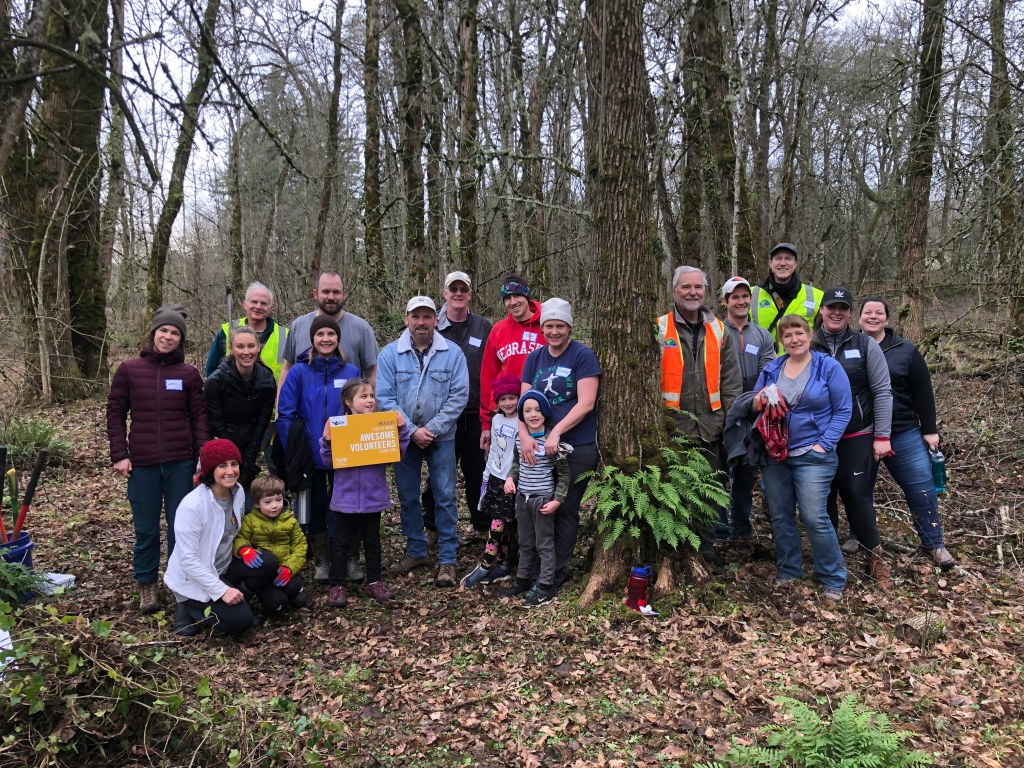Oswego Lake, Tryon Creek watershed councils want to expand within Portland and to Wilsonville, West Linn
Published 10:31 am Tuesday, June 17, 2025

- This photo shows Tryon Creek in Marshall Park. (Courtesy photo: Tryon Creek Watershed Council)
Watershed councils like those that cover Oswego Lake and Tryon Creek try to counteract what has become an increasingly challenging environment for fish to thrive.
The councils, which are nonprofit organizations made up of small staffs and community volunteers, work on projects like replacing small culverts with more wide open fish passages, enhancing stream habitats by adding deadwood, planting native species and removing invasive ones on the edge of creeks, conducting education and workshops in the community, provide grants for private property restoration and much more.
Most of Oregon is covered by a watershed council, but there are a few remaining gaps including parts of Portland, West Linn and Wilsonville.
This is why the Oswego Lake and Tryon Creek watershed councils are beginning an effort to explore expanding council coverage to those areas and potentially combining the Lake Oswego, parts of Portland, West Linn and Wilsonville councils into one. However, they want to hear from the communities before selecting a path.

This map shows the current watershed council boundaries as well as the areas for potential expansion.
(Courtesy photo: Tryon Creek Watershed Council)
“We are not in the business of telling the community what is best. We want to bring people together and hear from them,” Tryon Creek Watershed Council Executive Director Alexis Barton Castro said.
The salmon population has declined significantly in the Pacific Northwest in the last couple hundred years in Oregon due to hydroelectric dams, urban development and warming temperatures, according to the United States Environmental Protection Agency. Addressing challenges that are also seen globally might not be something watershed councils do on their own, but they can help fish on their journey by reducing barriers and making ecosystems healthier. They also conduct assessments and collect data to identify what problems exist and how to fix them.
“The projects happening on the ground are helping and are science based,” said Oswego Lake Watershed Council Executive Director Jack Halsey. “We do studies within watersheds to figure out what is most effective for them to do.”

Oswego Lake Watershed Council volunteers working on a project at Westlake Oak Woodland.
The Oswego Lake Watershed Council has expanded its staff capacity in recent years while the Tryon Creek council has reduced staff and struggled a bit with fundraising, Barton Castro said. However, they both say they struggle with capacity.
“Our watershed council would not be able to function without donors who support the work we do, and volunteer time goes into the projects to keep costs down,” Halsey said.
The councils are two of the smallest in Oregon and are therefore not eligible for certain state funding sources, but Halsey and Barton Castro are hopeful they would be if they combined forces and expanded to the areas not currently covered. The executive directors also believe working together on tackling bigger challenges, particularly related to helping salmon, could be easier in tandem.
However, they understand there could be reticence from community members and volunteers, who might want to keep efforts focused locally, and said the community engagement efforts they plan to undergo will inform the direction moving forward.
“People don’t want to lose the projects they care about. We are going about this in an intentional way,” Halsey said.
The groups have received support from the cities of Lake Oswego, West Linn and Wilsonville as well as members of Portland City Council and plan to discuss their plans in front of local government boards. They said community engagement could begin this summer.
For more information on the Oswego Lake council, visit www.oswegowatershed.org. For more information on the Tryon Creek council, visit www.tryoncreek.org.





